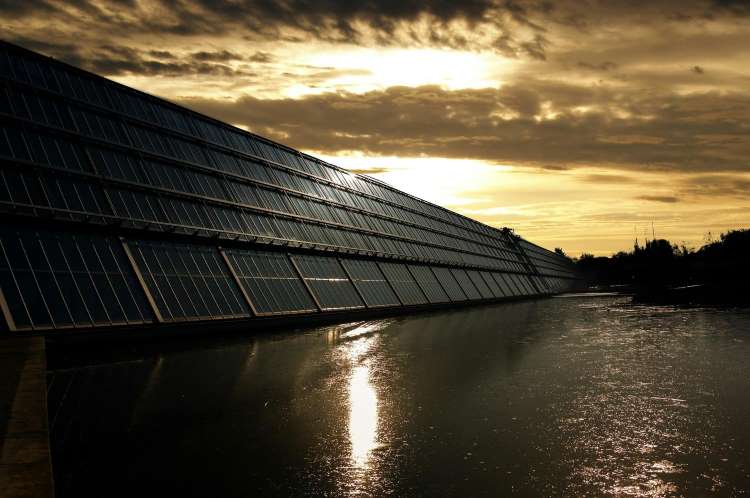India’s solar energy sector is navigating turbulent waters due to two major developments: the fallout from bribery charges against the Adani Group in a US indictment and the re-election of Donald Trump as the President of the United States. These events have sparked widespread discussions among investors and raised concerns about potential setbacks for the sector. If these fears materialise, India’s momentum toward a clean energy transition could be significantly derailed.
The solar industry is grappling with the controversy surrounding the 12 GW solar power project auctioned by SECI, involving the Adani Group and multiple states. Adding to the uncertainty is Trump’s return to the US presidency, which is seen as unfavourable for the global renewable energy landscape due to his climate change scepticism. This could impact not only the pace of renewable energy adoption in India but also increase financing costs for solar projects.
READ | Turbulence ahead: India’s aviation industry faces challenges after boom
Solar energy lies at the heart of India’s efforts to address the global climate crisis. India has committed to sourcing nearly half its energy from non-fossil fuel sources by 2030, with solar power contributing at least 60% of its renewable energy mix. As part of its ambitious goal of achieving 500 GW of non-fossil fuel energy capacity by 2030, solar power leads the charge, leveraging India’s abundant sunlight.
Progress amid challenges
As of October, India has surpassed the 200 GW mark in renewable energy capacity, a significant milestone. States like Rajasthan, Gujarat, Tamil Nadu, and Karnataka have been pivotal in this achievement. Key players in the industry, including Tata Power Solar Ltd, Suzlon Energy, ReNew Power, and Adani Solar, have played a vital role in shaping the sector.
One of the sector’s biggest challenges is India’s heavy reliance on imports, particularly from China, which controls 80% of the global solar supply chain. While nations like Vietnam, Malaysia, and Thailand contribute to India’s imports, they too depend on Chinese raw materials. Given the geopolitical tensions between New Delhi and Beijing, reducing dependence on China is a strategic imperative.
Push for domestic manufacturing
To counter its reliance on imports, India has launched policies to incentivise domestic solar panel manufacturing. The government mandates manufacturers to register with the National Institute of Solar Energy and adhere to stringent quality standards to qualify for government tenders. However, the success of these initiatives hinges on striking a balance between promoting domestic production and ensuring affordability for consumers.
The solar energy sector faces several operational hurdles:
Disposal of solar cells and batteries: Managing e-waste from solar panels and batteries remains a growing concern.
Land acquisition issues: Securing land for large-scale solar projects is often a complex and contentious process.
Water scarcity: Solar panels require significant water for cleaning, posing a challenge, particularly in arid regions like Rajasthan.
Environmental concerns: Projects in states like Rajasthan and Gujarat have faced delays due to transmission lines encroaching on the habitat of the critically endangered Great Indian Bustard.
Economic and residential challenges
While renewable energy expansion is critical for India’s economic growth, ensuring its economic viability and sustainability remains essential. Residential solar adoption, in particular, has been hindered by high upfront installation costs and complex subsidy procedures. These challenges must be addressed to unlock the potential of rooftop solar systems.
India must also focus on strategic trade agreements and partnerships to enhance its solar manufacturing capabilities. Collaborations with countries like Oman, the UAE, and other Gulf nations could reduce dependence on China and secure a steady supply of key materials for solar panel production.
India’s solar energy sector has grown significantly in recent years, driven by falling panel prices, supportive government policies, and rising environmental awareness. The country is poised to become a net exporter of solar energy by 2026. However, sustaining this momentum will require proactive government measures to address the sector’s financial, operational, and environmental challenges.

